The desired outcome throughout the design process is for our projects to be as environmentally compatible, functionally efficient, aesthetically individual while being as economically feasible as we can make them. Our goal is to encourage and generate as much innovative, collaborative, and creative input from the client, ourselves and consultants alike.

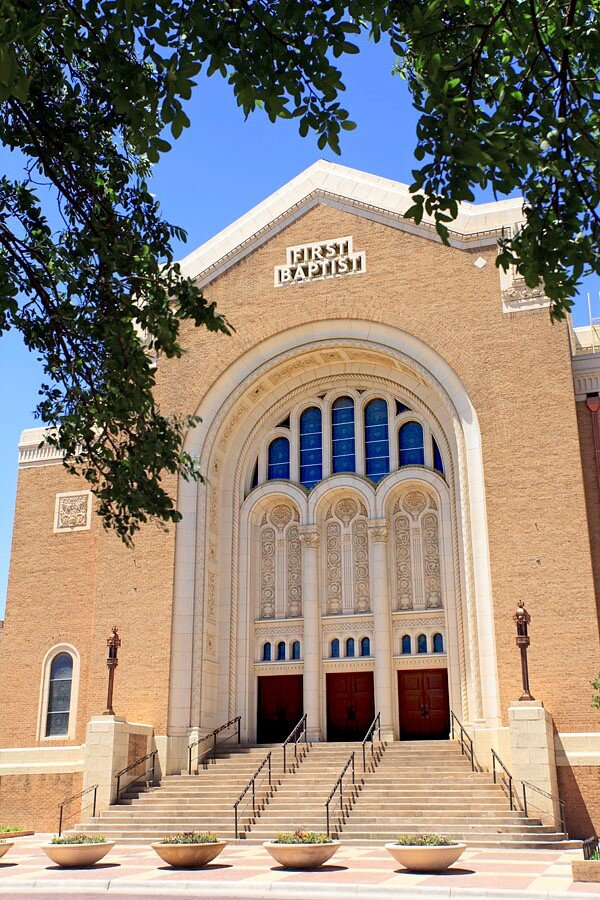
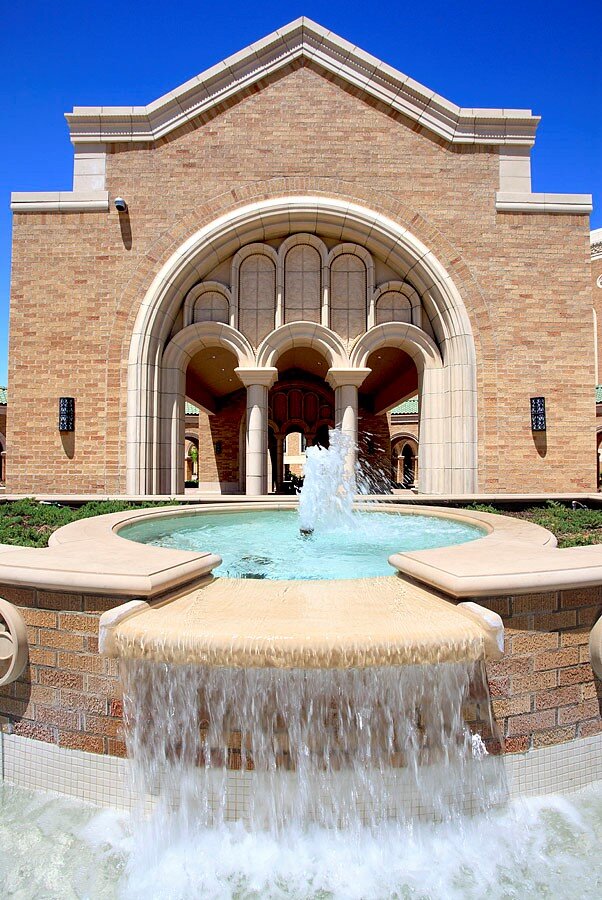
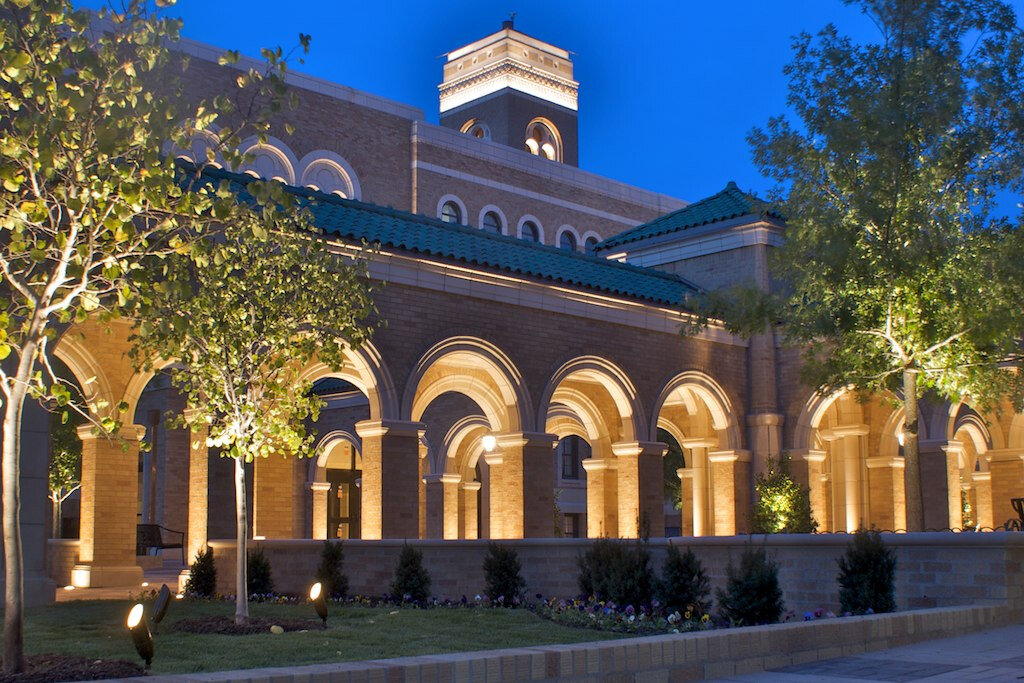




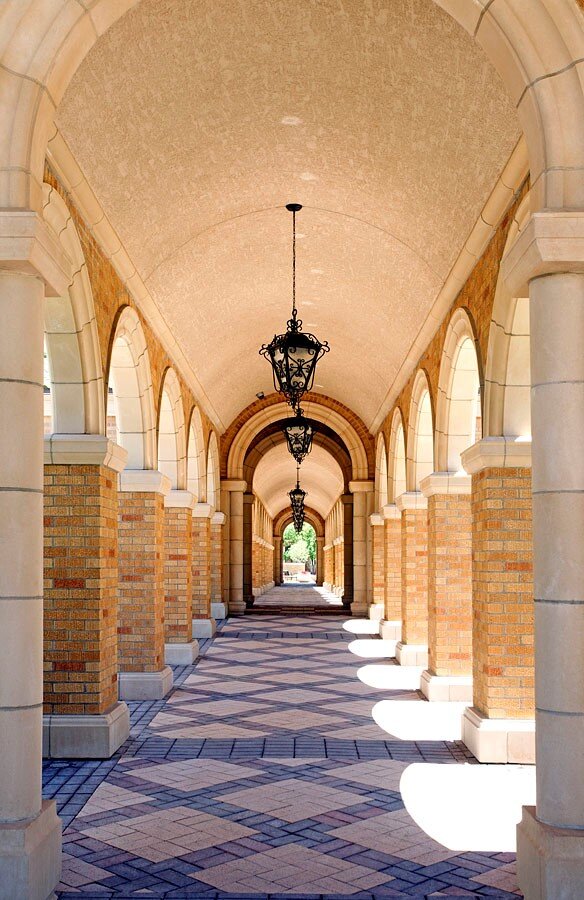
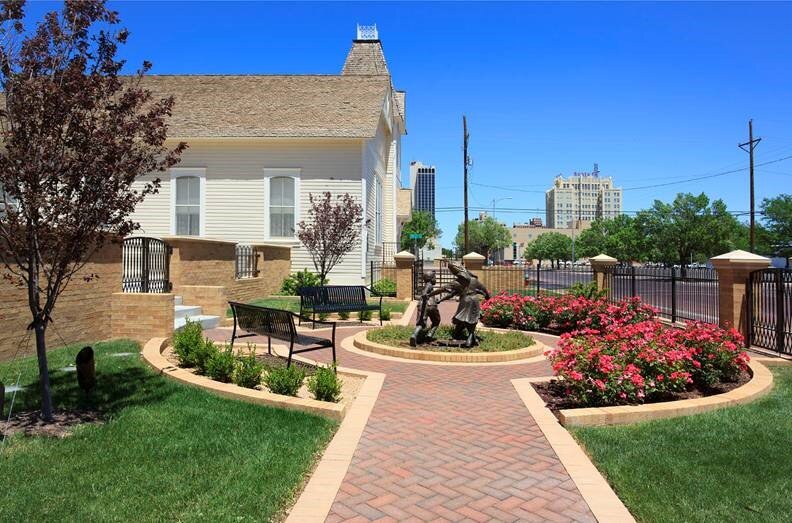
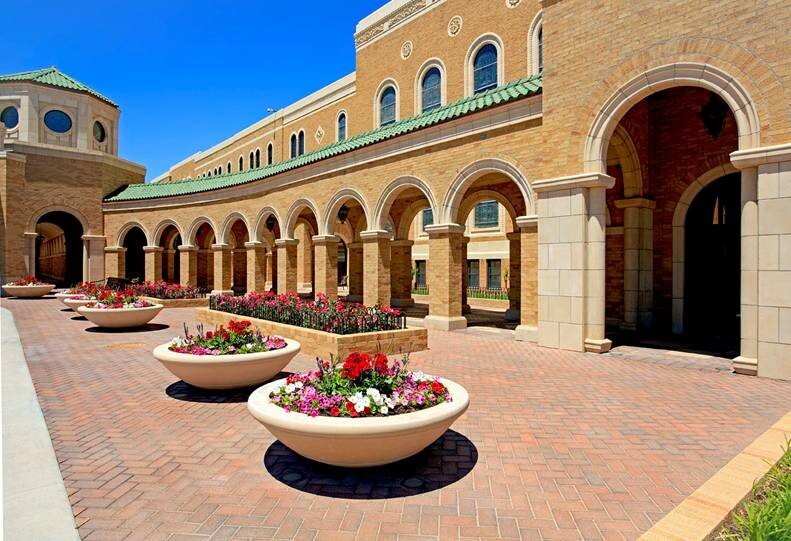
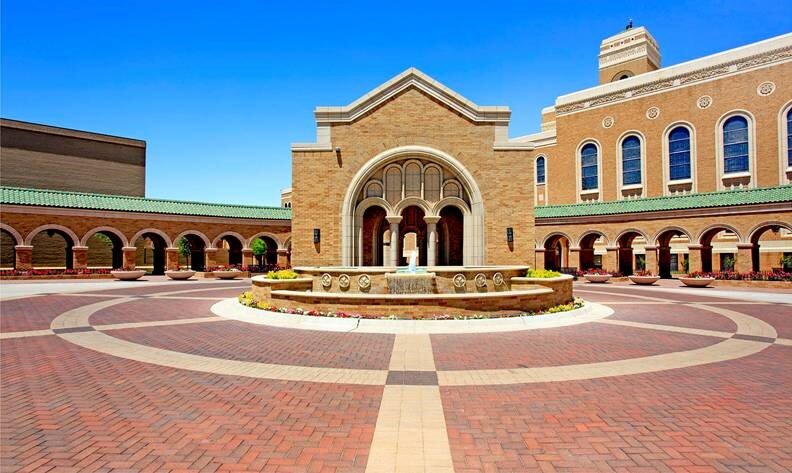






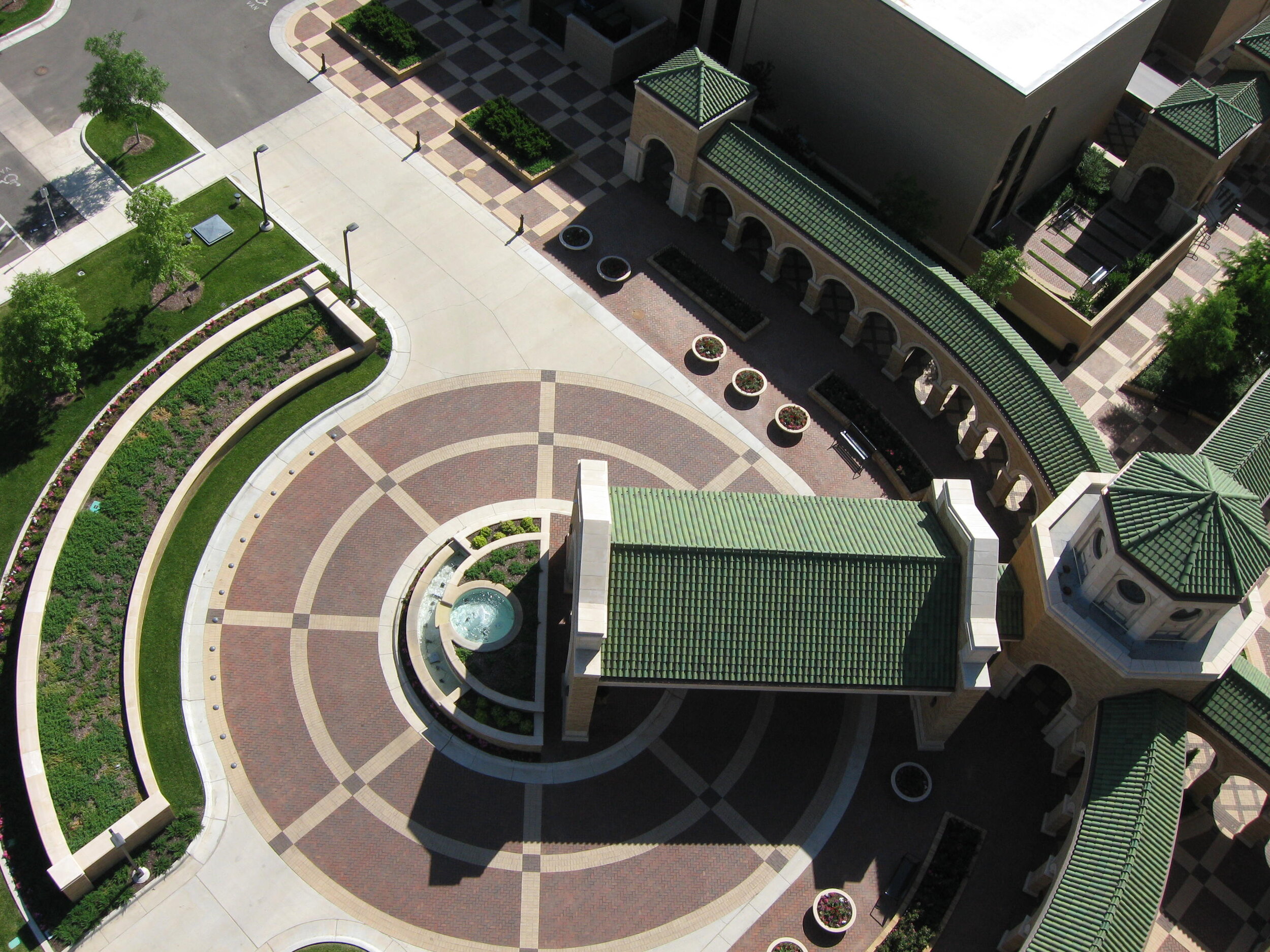

FIRST BAPTIST CHURCH - AMARILLO, TX
TLA project for First Baptist Church in Amarillo, TX.
FIRST BAPTIST CHURCH History
As the Fort Worth and Denver Railroad snaked its way across the Panhandle of Texas in the late 1880s, the town of Amarillo came into being. In the spring of 1888 the new city had about 150 citizens. They began to express an interest in establishing churches. Parker's Chapel (also known as Union Church) was completed in the summer of 1889 and was shared by all denominations.
The First Baptist Church of Amarillo, Texas, with sixteen charter members, was organized in that building in September, 1889, and continued meeting there until the original Baptist church was completed at 500 Pierce Street in 1890. This 36 by 60-foot building with a high ceiling and double front doors was considered quite an achievement for such a small, pastorless congregation. (This building now sits on the northeast corner of the church campus). In early 1891 Rev. George Walter Capps was called to be the first pastor.
Some of these early pastors were true innovators. In 1902, Rev. Anderson E. Baten organized a Baptist Young People's Union (an early form of student ministry). This was only the second such ministry in the entire Southern Baptist Convention. By 1904, First Baptist's membership had expanded to 343, and the church's missions offering was $508.20, setting a precedent for generous mission work for years to come.
In 1907, Robert F Jenkins became the church's eighth pastor. He led the church to establish a mission in the north part of town- Second Baptist Church. Church planting has continued to be a key aspect of First Baptist's vision for reaching Amarillo. Other mission churches include: the East Side (Cleveland Street) Mission (1910), the Bushland Mission (1914), the River Road Mission (1938), Victory Baptist Church (1940's), Immanuel Baptist Church (1940's), Paramount Baptist Church (1954), Buchanan Street Chapel (1994), and High Plains Community Church (1998).
As First Baptist began to outgrow that original church building, the membership, under the leadership of Rev. Jenkins, voted to build a new building at Ninth and Polk. It was completed in 1908 at a cost of $44,306.98. They certainly never imagined that this impressive building would be used for less than 20 years. It quickly became inadequate to serve the growing church body. On August 29, 1926, First Baptist voted to start an ambitious building program and purchased lots at Thirteenth and Tyler Street. After completing the plans for a building that would meet the needs for the foreseeable future, they presented the plans to the church. The cost of the new building was to be $500,000. With much discussion, prayer, and with a great deal of faith, they proceeded with the construction. On Sunday morning, August 3, 1930, the First Baptist Church congregation dedicated the half-million dollar building located at Thirteenth and Tyler. Little did these believers know that the dark days of depression lay just ahead as they entered this magnificent edifice, which had been described by many building experts as "The Perfect Church." The next few years were very difficult years for the pastor and the church due to the dust bowl era and depression. The church reduced the salaries of its staff. Only through continuous prayer, ever-faithful leaders, and the generosity of many did the church survive this very difficult time.
During the next decades, First Baptist prospered under a series of remarkable pastors. Dr. J. Howard Williams guided the church from 1936-1940, leading it to develop the largest Baptist Training Union (a small-group discipleship ministry) in the Southern Baptist Convention. He later became the president of the Southwestern Baptist Theological Seminary. Dr. Williams was followed by A.D. Foreman (1941-1949) and Carl Bates (1950-1959). During this period the church grew beyond 6,000 in membership.
In 1959 the church made the crucial decision to call Winfred Moore, who would guide the church over the next 30 years. During his tenure, First Baptist experienced incredible growth, adding new facilities and undertaking new mission and ministry projects. First Baptist expanded outreach to the international communities in Amarillo. Members participated in foreign mission projects in Mexico, Brazil, Chilie, Alaska, Minnesota, Korea, Hawaii, Japan, Nigeria, and other countries.
Dr. Moore retired in the church's Centennial year, 1989. Ben E. Loring succeeded Dr. Moore as the church's 17th pastor, from 1991-1994.
Our current pastor, Howard K. Batson came in September 1995. These years have been marked by growth, vision, and a focus on the future. While maintaining the church's historic commitment to high levels of cooperative missions giving, Dr. Batson has led the church to embrace missions in more direct ways. More than 10% of the weekly attendance leaves the country on mission projects each year. The church has reached out in Uganda, Kenya, Zambia, Mexico, Brazil, Russia, China, Romania, Slovakia, Laos, Vietnam, Cambodia, and Malaysia. The church has undertaken new ministries in Amarillo and has embraced refugee communities in a way that has led to remarkable diversity in Sunday morning attendance. Just as prior generations sacrificed to provide beautiful and functional facilities, Dr. Batson has led the church to restore and update the sanctuary, chapel, fellowship hall, Family Life Center, education space, and the entire exterior of the church. Beyond bricks and mortar, First Baptist Church continues to embody a fellowship of disciples, growing in Christ, reaching out to our community and world. Sixteen members had a vision for a powerful community of faith in Amarillo for the 20th century. That vision carries on into the 21st.


